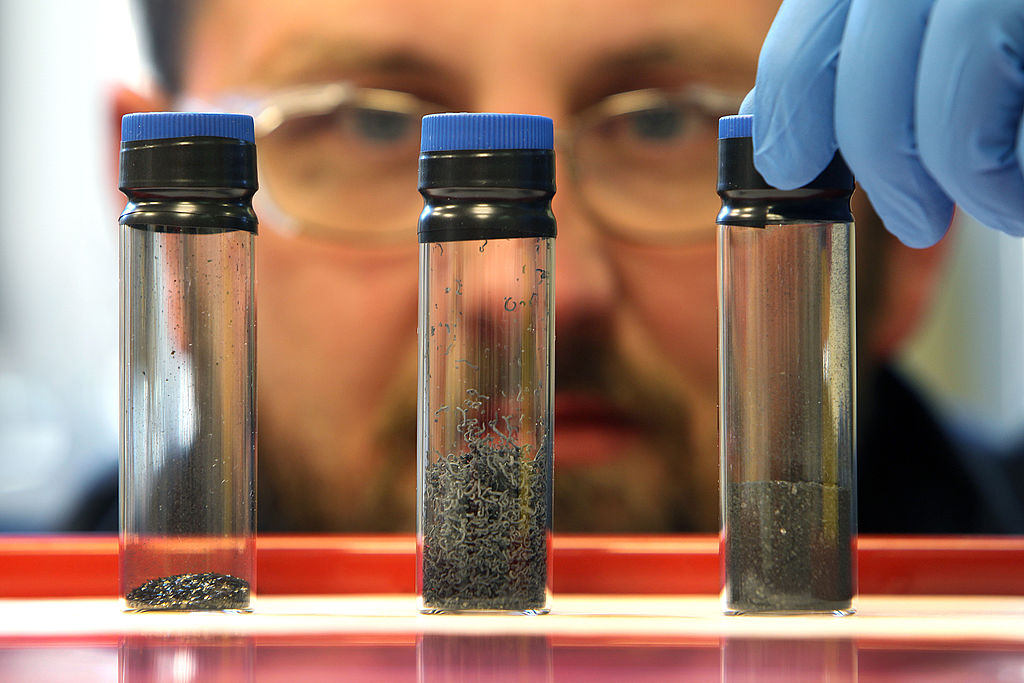China’s economy is moving up a gear
Last year, China’s economy suffered from the trade war with the US and the stockmarket was slumping. So Beijing decided to switch gears and stimulate the economy once again. It appears to be working.

"China is the dog and the rest of the world economy is its tail," says John Authers on Bloomberg. The global economy breathed a sigh of relief when the Chinese economy, the world's second largest, grew by 6.4% year-on-year in the first quarter of 2019, slightly better than expected and the same pace as in the previous three months. Factory output went up by 8.5% in March, and retail sales expanded by 8.7%.
"China's Communist rulers continue to keep up their end of a compact made with the populace ever since the Tiananmen Square massacre of 1989: no democracy, in return for sustained economic growth of more than 6% per year," says Authers. The current round of stimulus shows just how determined policymakers are to bolster growth as the country marks its navy's 70th anniversary, according to Diana Choyleva of Enodo Economics.
A key reason the economy had lost steam was weaker consumer demand in cities. Despite better-than-expected economic growth in the first quarter, China's job market saw its lowest level of demand for workers in six years, says the South China Morning Post.
MoneyWeek
Subscribe to MoneyWeek today and get your first six magazine issues absolutely FREE

Sign up to Money Morning
Don't miss the latest investment and personal finances news, market analysis, plus money-saving tips with our free twice-daily newsletter
Don't miss the latest investment and personal finances news, market analysis, plus money-saving tips with our free twice-daily newsletter
The stimulus is working...
... but it's obscuring long-term problems
It's not just a question of excessive borrowing clogging up the system. There's also the "political stance that works against needed reforms and private firms to the benefit of state enterprises and public ownership", says George Magnus in Prospect magazine. The Communist party is reluctant to embrace economic liberalisation, while state-owned companies benefit from subsidies, access to credit, tax breaks, market access, and legal protection to the long-term detriment of productivity, growth and equity returns.
Get the latest financial news, insights and expert analysis from our award-winning MoneyWeek team, to help you understand what really matters when it comes to your finances.
Marina Gerner is an award-winning journalist and columnist who has written for the Financial Times, the Times Literary Supplement, the Economist, The Guardian and Standpoint magazine in the UK; the New York Observer in the US; and die Bild and Frankfurter Rundschau in Germany.
Marina is also an adjunct professor at the NYU Stern School of Business at their London campus, and has a PhD from the London School of Economics.
Her first book, The Vagina Business, deals with the potential of “femtech” to transform women’s lives, and will be published by Icon Books in September 2024.
Marina is trilingual and lives in London.
-
 Investors will reap long-term rewards from UK equities
Investors will reap long-term rewards from UK equitiesOpinion Nick Train, portfolio manager, Finsbury Growth & Income Trust, highlights three UK equities where he’d put his money
-
 The graphene revolution is progressing slowly but surely
The graphene revolution is progressing slowly but surelyEnthusiasts thought the discovery that graphene, a form of carbon, could be extracted from graphite would change the world. They might've been early, not wrong.